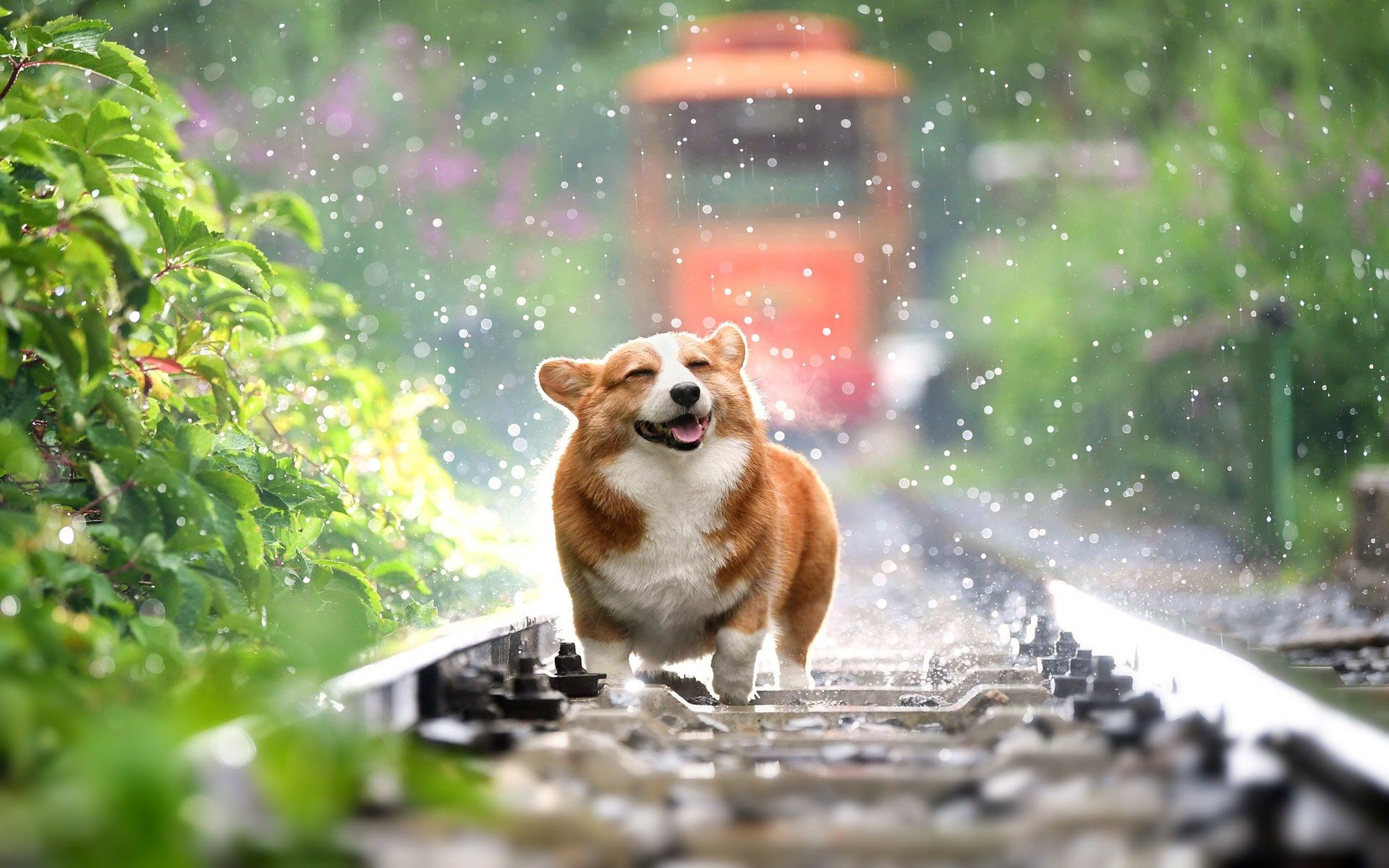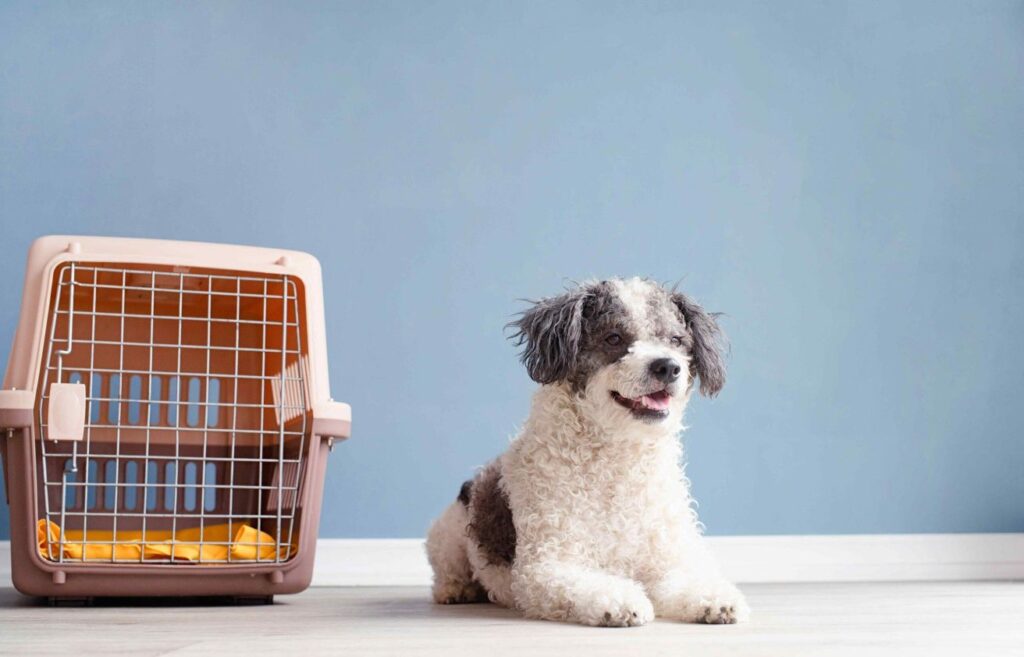Transporting your beloved pet from Vietnam to Pyeong, South Korea, requires meticulous planning and adherence to specific regulations. This guide provides essential information to ensure a smooth and stress-free journey for your furry friend
Table of Contents
Toggle1. Understanding the Regulations

Before embarking on the journey, it’s crucial to familiarize yourself with the regulations governing pet transport between Vietnam and South Korea. South Korea has specific requirements to ensure the health and safety of incoming pets. These regulations include:
- Microchipping: Your pet must be microchipped with an ISO 11784/11785 compliant 15-digit pet microchip. Ensure the microchip number is recorded in the pet’s documentation.
- Vaccinations: Pets must have up-to-date vaccinations. For dogs, rabies vaccination is mandatory and should be administered at least 21 days before travel but not older than 12 months. Cats should also be vaccinated against rabies.
- Health Certificate: Obtain an accredited veterinarian’s health certificate confirming that your pet is free from contagious diseases and fit for travel. This certificate should be issued within seven days before the departure date.
- Import Permit: Apply for an import permit from South Korea’s Animal and Plant Quarantine Agency (APQA). This permit is required for your pet to enter the country and should be obtained in advance.
2. Choosing a Reliable Pet Relocation Service

Selecting a reputable pet relocation service is crucial to ensure your pet’s safe and comfortable journey. Look for a company with experience in international pet transport and a good track record. A reliable pet relocation service will assist you with:
- Documentation: Ensuring all necessary documents, including the health certificate, vaccination records, and import permit, are correctly prepared and submitted.
- Travel Crate: Providing an IATA-approved travel crate that meets international standards. The crate should be comfortable and well-ventilated, allowing your pet to stand, turn around, and lie down comfortably.
- Transportation: Arranging for safe and humane transportation for your pet. This includes both air travel and ground transport to and from airports.
3. Preparing Your Pet for Travel

Preparation is key to ensuring a smooth journey for your pet. Here are some tips to help your pet acclimate to the travel experience:
- Crate Training: Familiarize your pet with the travel crate well in advance. Leave the crate in a familiar space with some of their favorite toys or bedding inside to create a positive association.
- Health Check: Schedule a vet check-up to ensure your pet is in good health before travel. Discuss any concerns or special needs with your veterinarian.
- Comfort Items: Pack familiar items, such as bedding, toys, and food, to comfort your pet during the journey. Ensure that your pet’s food and water are provided in leak-proof containers.
4. The Travel Day
On the day of travel, ensure that you have all the necessary documents and supplies ready. Arrive at the airport with ample time to complete the check-in process and handle any last-minute details. It’s important to:
- Arrive Early: Arrive early to avoid any last-minute stress. This allows you to complete all required paperwork and ensure that your pet is checked in properly.
- Stay Calm: Pets can pick up on their owner’s emotions, so try to remain calm and reassuring. Speak to them in a soothing voice and provide comfort items to help ease their anxiety.
5. Arrival in Pyeongtaek
Upon arrival in Pyeongtaek, your pet will go through customs clearance and quarantine procedures, if necessary. Be prepared to:
- Customs Inspection: Present all required documentation and assist with any inspections. Ensure that your pet’s microchip is scanned and that all records are reviewed.
- Post-Arrival Care: Once your pet has cleared customs, arrange for their pickup and transportation to your new home. Monitor your pet’s health and well-being during the transition to their new environment.
6. Settling Into a New Home
The adjustment period in a new country can be challenging for pets. Help your pet settle into their new home by:
- Maintaining Routine: Try to keep their routine consistent with their previous one. Regular feeding times, exercise, and playtime can help ease their transition.
- Exploring the New Environment: Gradually introduce your pet to their new surroundings. Allow them to explore at their own pace and provide plenty of positive reinforcement.
- Veterinary Care: Find a local veterinarian in Pyeongtaek for regular check-ups and any additional care your pet might need.
Conclusion
Transporting your pet from Vietnam to Pyeongtaek, South Korea, involves careful preparation and adherence to international regulations. By understanding the requirements, choosing a reliable relocation service, and preparing your pet for travel, you can ensure a smooth and stress-free relocation experience for your beloved companion. With the right planning and care, your pet will soon feel at home in their new environment, ready to embark on new adventures with you in Pyeongtaek.
Read more
Pet Relocation from Sichuan, China to Vietnam














